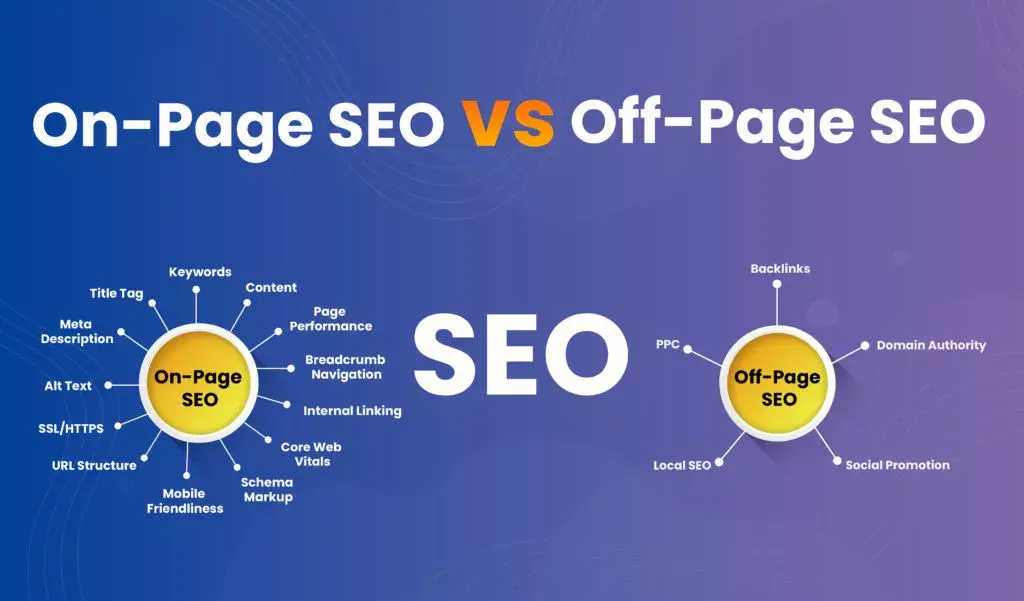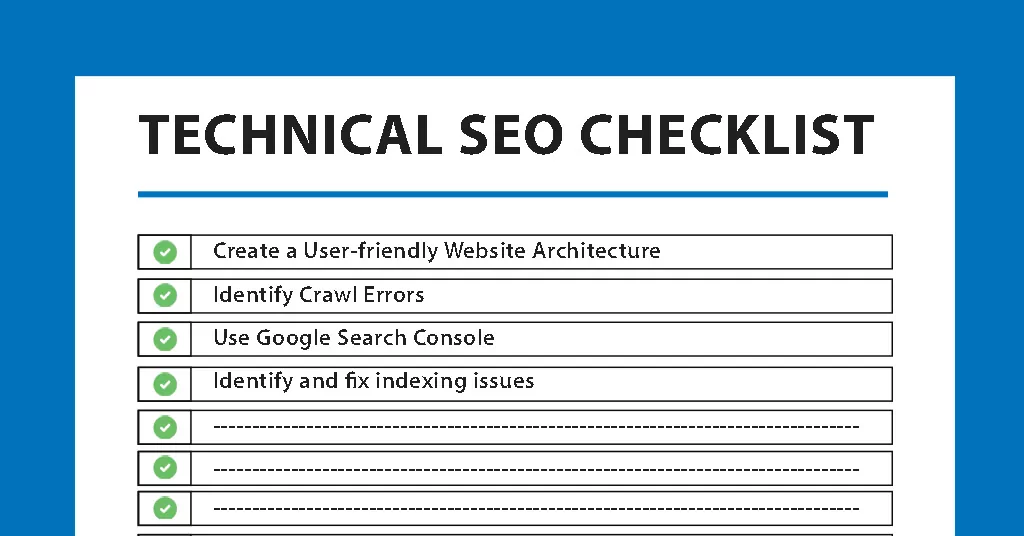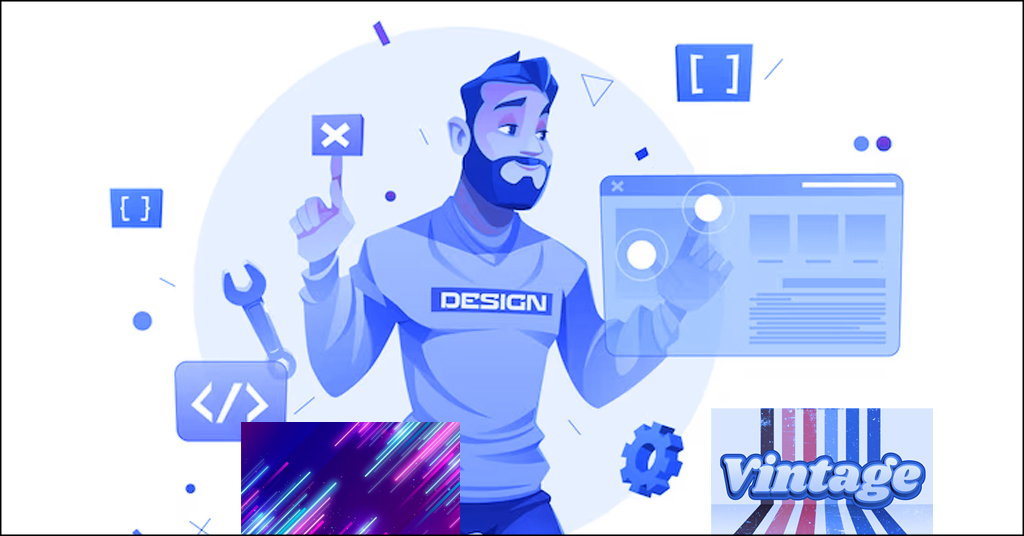The Worst Web Development Mistakes You're Probably Making (And How to Fix Them)
Table of contents

Preventing typical web development errors is essential for any company or agency hoping to be successful on the internet. Our staff at Web Design Jacksonville is aware of the significance of appropriate website creation, design, and SEO. Our team of digital experts has the expertise to help your business succeed online, from social media marketing to SEO. You may rely on us to provide excellent web services for your website and search engines.
Introduction
There are numerous frequent blunders in the field of web development that are easily preventable with careful preparation and implementation. To make sure that your projects are successful as a web designer in Jacksonville, Florida, it’s critical to keep up with the most recent trends and approaches. You may save yourself from annoying mistakes and provide your clients with excellent work by taking your time and doing things correctly. In this blog, we’ll look at some of the most typical errors made in web development and offer web designers in Jacksonville detailed advice on how to prevent them.
We’ll also talk about how quality assurance can be quite important in making sure that your projects are error-free and satisfy your clients’ needs. Therefore, whether you’re a seasoned specialist or a novice in the field of web design, we hope that this blog will offer you insightful analysis and useful guidance to enable you to produce exceptional outcomes.
Avoid These Common Errors in Web Development

The process of developing a website can be difficult, and there are numerous typical errors that developers make. It’s critical to understand these errors so that you can steer clear of them and produce web apps of the highest caliber that satisfy the expectations of your clients.
- Ignoring SEO Basics: When developing a website, basic SEO techniques must always be considered. Neglecting elements that can affect a website’s ability to rank highly in search engines include meta tags, keyword optimization, and user-friendly URLs.
- Lack of Mobile Optimization: It is a serious error to have a website that is not optimized for mobile viewing, given that the majority of consumers now access the internet through mobile devices. Google prioritizes mobile-friendly websites in its search results.
- Slow Load Times: Users frequently leave websites that take a long time to load, which raises the bounce rate. Complicated scripts, large graphics, and ineffective coding can all contribute to this. Enhancing load speeds has a substantial positive impact on both SEO performance and user experience.
- Information Duplication: Multiple versions of a piece of information or duplicate content can cause confusion for search engines since they are unsure which to index or rank. This could seriously harm the search engine visibility of your website.
- Inadequate Security: Ignoring security precautions like SSL certificates might put your website at needless risk and discourage visitors, particularly if they must enter personal information.
- Poor Navigation: Users may leave a website if they have trouble locating the information they require. Strong website architecture and simple, easy-to-use navigation are essential for search engine optimization and user experience.
- Not Conducting Regular Site Audits: Frequent website audits help to find possible problems that could be affecting a site’s SEO performance, like broken links or missing meta tags.
- Ignoring Analytics: It’s a mistake to ignore website analytics. It provides useful information about user behavior, site performance, page popularity, and other topics that might inform future tactics and optimizations.
- Insufficient Original, Value-Added Content: In SEO, content is king. Therefore, it is a grave mistake to not regularly release unique, educational, and captivating material that benefits your readers.
- Out of touch with current SEO trends: SEO is constantly changing. Search engines are always making changes to their algorithms, therefore it is a mistake to ignore current SEO trends and modifications. Maintaining your website’s exposure on search result pages is ensured by keeping up with these developments.
Particular Advice for Web Designers

There are several particular tricks you can use as a web designer to steer clear of typical web development blunders.
- Keep it Simple: Aim for simplicity in the layout of your website. Although a cluttered design may seem inventive, people may find it perplexing.
- User Experience: Pay attention to what the user is experiencing. Make sure the pages load quickly, the material is easily accessible, and the website is straightforward to navigate.
- Responsive Design: Your website should work and look well across a wide range of devices. Designing for mobile devices has become more and more important.
- SEO-Friendly Design: Create your website from the ground up with SEO in mind. To make a website easier to crawl, use semantic HTML for the content and CSS for the design. Additionally, confirm that the URL structure and site structure are optimal.
- Visual Hierarchy: To prioritize content and direct people across the website, employ color, size, layout, and space.
- Load Time: To cut down on load times, optimize pictures, and make use of browser cache. High bounce rates are a result of slow websites.
- Consistent Branding: Using the same fonts, colors, and pictures throughout time fosters user recognition, confidence, and boosts brand identity.
- Use of White Space: Never undervalue the significance of white space. It guarantees that your material is readable and directs readers’ attention to the surrounding elements.
- Content That’s Easy to Read: Steer clear of small fonts and low-contrast backgrounds with text. All devices should have no trouble reading the text on your website.
- A/B Testing: To determine what works best for your audience, test various aspects of your website on a regular basis, including layout, color schemes, and call to action.
- Follow Trends: The world of web design changes rapidly. Keep your website current with the newest features, designs, and technological advancements to make sure it stays interesting and relevant.
- Accessibility: Make sure everyone, including people with impairments, can access your website. Always remember that a great website strikes a mix between usability, SEO, and aesthetics.
Use alt text for photos, and make sure your site functions properly with screen readers and other assistive devices. It won’t work to optimize for one without considering the other two.
How QA Can Assist You in Avoiding Frequently Made Errors
It’s critical for Web designers in Jacksonville to be aware of the typical web development errors to steer clear of. Using quality assurance procedures is one of the best strategies to avoid making these errors. Before your website launches, quality assurance helps you find any problems so that consumers enjoy a flawless experience.
Through comprehensive testing, you may identify any potential mistakes, faults, or malfunctions in the functionality, usability, and performance of your website. This enhances the customer experience overall and helps you steer clear of expensive errors that could harm your reputation. Maintaining a current and competitive website through quality assurance also helps you remain on top of emerging technology and trends in web development. You can make sure that your website is of the greatest caliber and offers your users an ideal experience by taking the time to develop quality assurance procedures.
In conclusion, it is worthwhile to take the time to do things well.
In conclusion, it is always worthwhile to take the time to do things correctly, particularly when it comes to web development. We’ve talked about several typical blunders Jacksonville, Florida site designers should steer clear of, but above all, quality control should always come first. You can find any problems or flaws on your website before your users do it by thoroughly testing it first. This guarantees that your audience will have a pleasant user experience while also saving you time and resources in the long term.
Therefore, avoid rushing the development process in an attempt to achieve a deadline or taking financial shortcuts. If you put in the time and effort into your web design Jacksonville project, the results will be a successful website that satisfies the needs of both your users and your business objectives. Recall that making the time to do things well is an effective investment in your success down the road.







